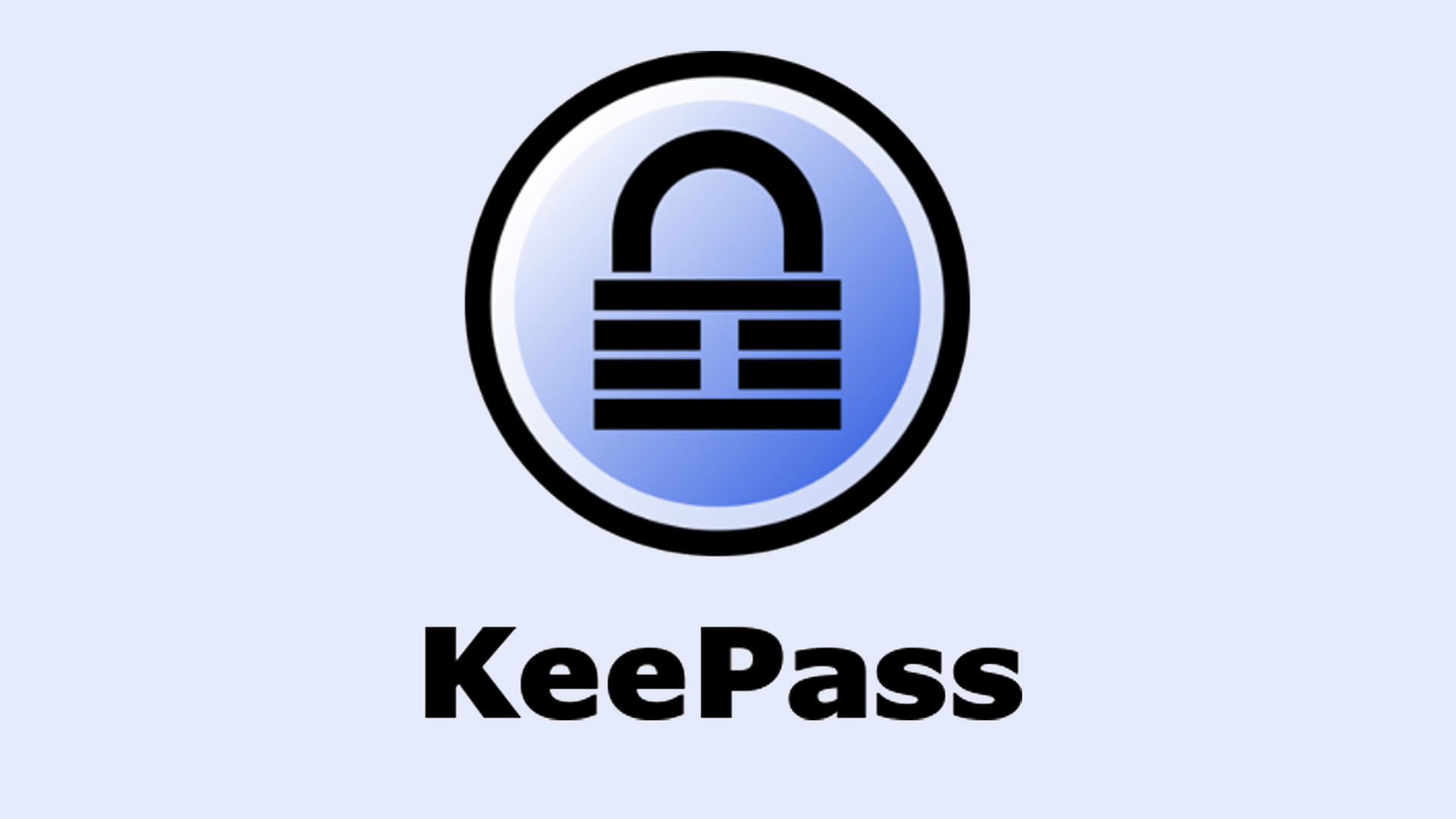In today's digital age, passwords have become an integral part of our online lives. From banking and shopping to accessing personal and professional accounts, passwords serve as the gatekeepers to our digital identities. However, the increasing number of accounts and the complexity required for strong passwords often leads to users adopting insecure practices, such as reusing passwords or writing them down. This can expose individuals and organizations to significant security risks.
White Paper: Password Manager for Business and Personal Use
Introduction
In today's digital age, passwords have become an integral part of our online lives. From banking and shopping to accessing personal and professional accounts, passwords serve as the gatekeepers to our digital identities. However, the increasing number of accounts and the complexity required for strong passwords often leads to users adopting insecure practices, such as reusing passwords or writing them down. This can expose individuals and organizations to significant security risks.
A password manager offers a solution to these challenges by securely storing, generating, and managing passwords across various online platforms. By centralizing password management, individuals and businesses can enhance their security posture, reduce the risk of data breaches, and improve overall password hygiene.
Benefits of Using a Password Manager
Enhanced Security:
-
Strong Password Generation: Password managers can generate complex, unique passwords for each account, making it difficult for hackers to compromise.
-
Secure Storage: Passwords are stored using advanced encryption techniques, ensuring that they remain protected even if the manager itself is compromised.
-
Autofill Functionality: Password managers can automatically fill in login credentials, eliminating the need to manually type passwords, which reduces the risk of typos or phishing attacks.
Improved Efficiency:
-
Time-Saving: By automating the password management process, individuals and businesses can save time and effort.
-
Centralized Access: All passwords can be accessed from a single location, making it easier to manage and retrieve them when needed.
-
Password Sharing (Business Use): In business environments, password managers can facilitate secure sharing of credentials among team members, streamlining collaboration and access control.
Compliance and Risk Mitigation:
-
Regulatory Compliance: Password managers can help organizations comply with data protection regulations, such as GDPR and CCPA, by ensuring that sensitive information is handled securely.
-
Risk Reduction: By promoting strong password practices, password managers can reduce the risk of data breaches and financial losses.
Types of Password Managers
There are two primary types of password managers:
-
Standalone Password Managers: These are dedicated applications that are installed on a device (e.g., computer, smartphone). Examples include LastPass, 1Password, and Bitwarden.
-
Browser Extensions: These are extensions that can be added to web browsers, providing password management functionality within the browser environment. Examples include Dashlane and Keeper.
Choosing the Right Password Manager
When selecting a password manager, consider the following factors:
-
Features: Evaluate the features offered by different password managers, such as password generation, autofill, secure storage, and multi-factor authentication.
-
Security: Research the security practices of the password manager provider, including encryption methods, audit trails, and disaster recovery plans.
-
Ease of Use: Consider the user interface and the overall experience of using the password manager.
-
Platform Compatibility: Ensure that the password manager is compatible with your devices and operating systems.
-
Cost: Determine the pricing model and cost associated with using the password manager.
Implementing a Password Manager in Business
For businesses, implementing a password manager requires careful planning and consideration. Here are some key steps:
-
Needs Assessment: Identify the specific requirements of your organization, such as the number of users, the types of accounts to be managed, and any compliance mandates.
-
Selection and Deployment: Choose a password manager that aligns with your needs and deploy it across your organization.
-
User Training: Provide comprehensive training to employees on how to use the password manager effectively and securely.
-
Policy Enforcement: Establish and enforce password policies to ensure that employees are using the password manager correctly and adhering to best practices.
-
Regular Reviews: Conduct periodic reviews of your password management practices to identify areas for improvement and address any security vulnerabilities.
Conclusion
A password manager is an essential tool for individuals and businesses seeking to enhance their security posture and protect their digital assets. By centralizing password management, automating password generation, and enforcing strong password practices, organizations can mitigate the risks associated with compromised credentials and improve their overall security.
References
General Password Management:
-
National Institute of Standards and Technology (NIST). NIST Digital Identity Guidelines. https://pages.nist.gov/800-63-3/
-
CISA. CISA Cybersecurity Guidance. https://www.cisa.gov/
Password Manager Tools and Technologies:
-
LastPass. LastPass: Secure Password Management. https://lastpass.com/?ac=1
-
1Password. 1Password: Your Digital Life, Simplified. https://1password.com/
-
Bitwarden. Bitwarden: Free and Open-Source Password Manager. https://bitwarden.com/
-
Dashlane. Dashlane: Protect Your Digital Life. https://www.dashlane.com/
-
Keeper. Keeper: Secure Password Management. https://www.keepersecurity.com/
Security Best Practices:
-
OWASP. Open Web Application Security Project (OWASP). https://owasp.org/
-
CIS Security Controls. Center for Internet Security (CIS) Security Controls. https://www.cisecurity.org/cis-benchmarks
Data Privacy and Compliance:
-
GDPR. General Data Protection Regulation (GDPR). https://www.consilium.europa.eu/en/policies/data-protection/data-protection-regulation/
-
CCPA. California Consumer Privacy Act (CCPA). https://oag.ca.gov/privacy
Note: This list is not exhaustive, and there are many other valuable resources available on password management, security, and compliance. It is recommended to consult multiple sources and stay updated on the latest best practices and technologies in this field. contact keencomputer.com for details
Additional Research Note: by Peter Litchford
Password Manager for Business and Personal Use
You are constantly forgetting your id password and url for xillions of sites and accounts.
Many account will lock you out after 3-5 unsuccessful trials, and worst yet the tech support is only available certain days of the week,
when you are busy and working.
No More!
Various paid and free password manager are available for just this reason. Our recommendations are the following
1.0 KeePass- Opensource and free
2.0 Keeper Security
The article below helps you with your choice. For enterprise wide security and password database- please contact us.
References :
1.0 Ten Best Password Manager- Url Link
2.0 Password Manager- Wikipedia
